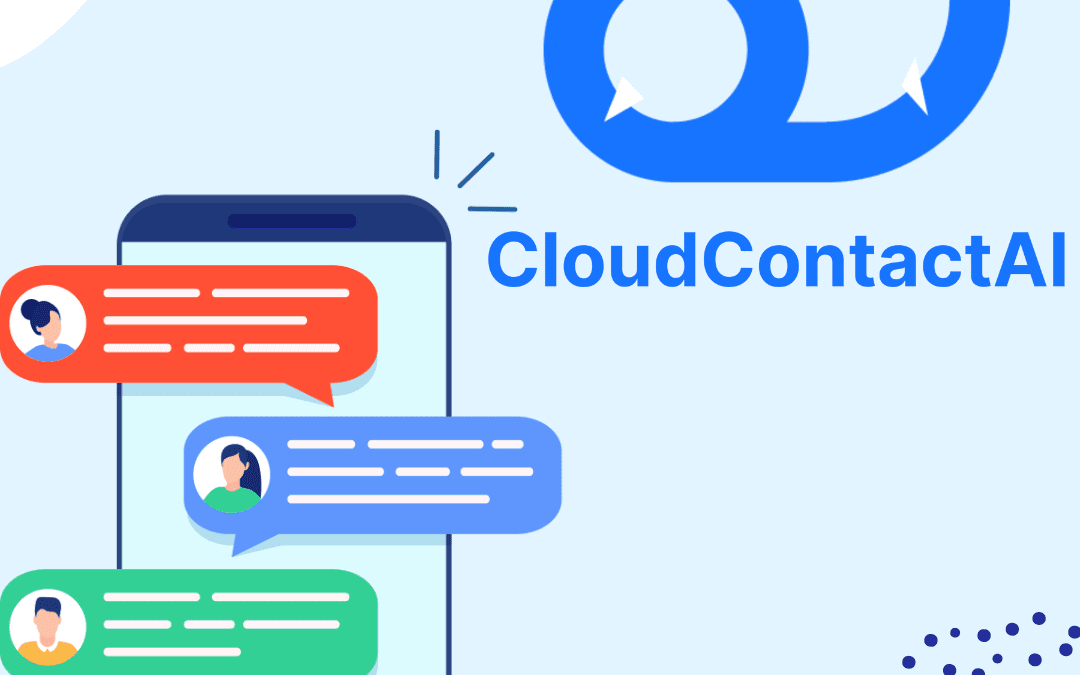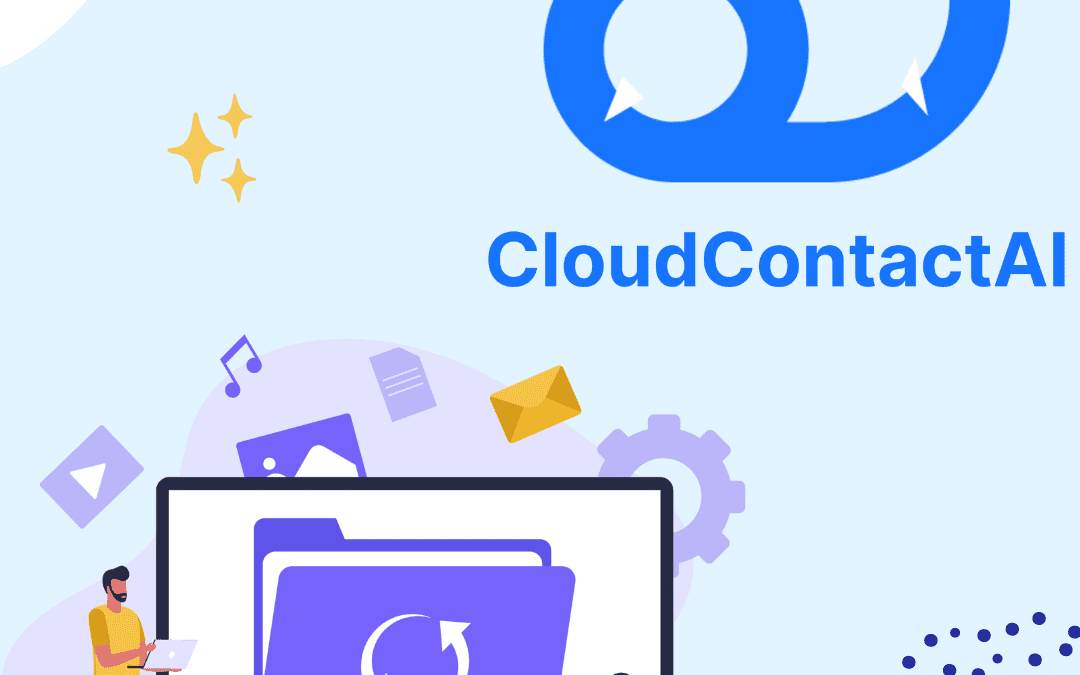Email marketing is incredibly valuable to businesses of any size regardless of industry. It has a greater reach than social media, where many factors affect how often posts and ads are shown to your followers.
Email marketing provides direct access to your most brand-committed customers:
- The people who have raised their hands and said they want to know more about you. Plus,
- It allows you to create a personal connection with your customers and build brand loyalty.
- Although social media is a good channel to publicize your project or brand, small business email marketing is often more effective in incentivizing purchases.
Email Marketing is permission-based which makes email unique among marketing channels. This means that you should only send email marketing communications to customers who have indicated that they want to receive them. This ensures that email messages reach an interested audience that is likely to convert. It can protect your business from potential breaches of legal restrictions in your region.
Here are the tips:
1. Prioritize your subject lines
First impressions are everything in marketing, and that goes double for email marketing. If you don’t get someone’s attention with the subject line of your email, it’s unlikely that person will open your message.
Some rules for creating a perfect subject line:
- Be short, quick, and get to the point
- add some urgency
- Strive to generate some emotion in the person reading
- Make sure the subject line is related to the content of your email
You should also avoid subject lines entirely in CAPITAL LETTERS, as these are more likely to get you into the spam box.
2. Automate your small business email marketing process
The automation of email marketing is the best solution. We know to send emails effectively when operating with a small staff and a limited budget.
Whether you are B2B or B2C, contacting 100 or 10,000 people, the right automation platform will be able to help you streamline your processes, segment your audience, and put your reporting data to use for insights to improve your conversions. All requiring less effort from you in the end.
There are many email marketing automation solutions, so start by finding the essential resources you need and how much you can afford. This will help you choose a platform that is a perfect fit for your small business.
3. Build your contact list organically
We understand the temptation to buy email addresses, especially when you’re trying to grow your list fast.
However, this strategy will reverse, making you more likely to be flagged as a fake address, uninterested, and spam sender by different email providers.
Take a better approach: Grow your strong and stable list of opt-in contacts (people who have authorized you to email them), Only meet people who want to hear and engage with your brand.
4. Segment your audience
As your prospects move through the sales funnel, their content needs, questions, and preferences will vary.
Divide your contact list to make sure you are reaching the right people with the right message. To ensure that your recipients receive more than they need and less of what they are not interested in.
In addition to targeting your contacts by the step in the funnel they’re in, you can also consider targeting by geographic location, job title, or industry all of which will help you target your audience in a more personalized way to increase your conversion rates.
5. Discover the optimal shipping frequency
There’s a sweet spot to set how often your email marketing contacts want to hear from you, and it’s up to you to find it.
Most brands send promotional emails 1-4 times a month. That amount depends on collecting data about your open rates and other conversion rates. Most of your subscribers don’t want super frequent emails, even if they like your brand.
Do some testing to determine what works for your small business, testing different frequencies to see which one offers the best opens, clicks, and conversion rates. Adjust how you manage your email campaigns based on your findings and continue to track the results.
6. Play with your campaign format
Your readers are busy. An email that is just a bunch of text on the page is unlikely to hold their attention for long, nor will it help you maintain engagement over time.
Instead, diversify your format by dividing the message with images, videos, borders, and buttons. Many email marketing automation platforms offer tons of creative email templates to choose from, letting you just fill in the gaps with your content.
7. Make Sure Your Call-To-Action Stands Out Among Your Small Business Email Marketing Competitors
Do you know what Call-To-Action (CTA or call-to-action) is? It is simply the most important part of your email. In every email you send, you should focus on an action you want your contacts to take. Usually clicking a link to buy a product, fill out a form, visit your website, etc.
That’s why you need to make sure that people see your CTA and that they understand what you are asking them to do.
Take AB Tests of different CTA placements, words, and styles to see what drives your subscribers the most conversion. Once you know what works, you can adapt it for future messages.
Conclusion
Implementing these simple strategies while setting up an email marketing campaign can be the difference between improving your business and wasting your time. Always use a quality email marketing service like we offer at Cloud Contact AI for the best possible results.
Share Your Message with an SMS Campaign Today!
We make it fast, easy, and affordable to send compliant SMS, Email, and Voice campaigns.

Business Texting Platforms
Discover the power of free texting services for small businesses to revolutionize communication, streamline operations, and drive growth. Explore the benefits of texting apps for business, learn how to send business text messages effectively, and maximize your business text messaging strategy. From instant communication and cost savings to personalized messaging and compliance with regulations, free texting services empower small businesses to connect with their audience, build relationships, and thrive in today’s competitive landscape. Unlock new opportunities and achieve success in your business endeavors with seamless and effective communication.

The Best Texting Apps for Your Computer
Streamline Your Business Communication: Top Apps to Text from Your Computer. Discover the best texting app for computer, free texting app for PC, and more. Enhance productivity with these seamless solutions for texting from your computer to cell phones. Explore user-friendly platforms like CloudContactAI and SimpleTexting, offering affordability and business-friendly features. Elevate your business communication with these top contenders for efficient text messaging from computers.

Why Are My Messages Not Sending? Reasons Your Text Message Failed to Send
Unlock the mysteries behind failed message delivery with our in-depth exploration. From deciphering why your messages aren’t sending to troubleshooting poor network connections, discover insights into common issues like “text message failed to send” and “why are my messages not sending.” Dive deeper into recipient-specific challenges and learn how to navigate hurdles like “why aren’t my messages sending to one person.”

Auto Reply Text Message Examples
As technology continues to evolve, so do the methods of communication. One such advancement that has revolutionized customer engagement is automated text messaging. Gone are the days of waiting for a response or manually sending messages; automated texting platforms have streamlined communication processes, providing quick response text message samples that enhance efficiency and customer satisfaction.

How to Recover Lost Text Messages on iPhone
Whether it’s work-related discussions, catching up with friends, or sharing important information, our iPhones store a plethora of crucial text messages. However, accidentally deleting these messages can be distressing. The good news is that with the right methods and tools, you can recover lost text messages on your iPhone effortlessly. In this comprehensive guide, we’ll explore various techniques to retrieve deleted text messages on iPhone and ensure that your valuable conversations are never lost.

How to Text from a Computer
From utilizing online texting platforms like CloudContactAI to harnessing the power of browser extensions, integrated communication suites, and voice-to-text transcription services, we’ll cover a wide range of methods to suit your preferences and needs. Whether you’re an Apple user looking to send messages seamlessly with Messages on Mac or an Android enthusiast exploring Messages by Google, there’s a solution available to suit every device and communication style.

Smartphone History: A Timeline
Delve into the origins of the first smartphone and discover the pivotal moments that shaped the evolution of this revolutionary device. From the groundbreaking IBM Simon to the game-changing debut of the iPhone, witness how smartphones have redefined the way we communicate, work, and play. With a rich blend of historical insights and forward-looking speculation, this comprehensive exploration promises to captivate and inspire anyone with a curiosity for the transformative power of innovation.



